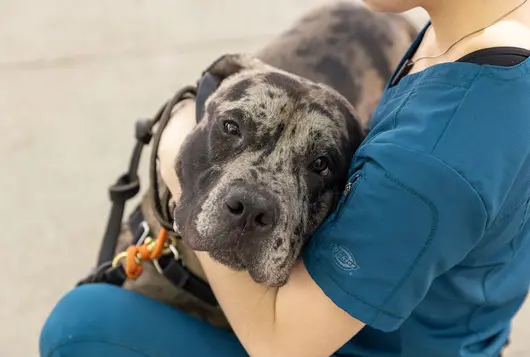Phenylbutazone and Pets: A Pain in the Bute

While use of the NSAID phenylbutazone in small-animal medicine is practically non-existent, it is still used with horses, and the ASPCA Animal Poison Control Center reports that exposures will often be seen when dogs get into bottles intended for horses in the barn -- or when bottles are left near them.
Signs can be very severe, but acute renal injury (AKI) is uncommon (we only have one reported case of azotemia). More commonly we will see seizures, vomiting and diarrhea (often with blood), panting, ataxia, tremors, tachypnea, hyperthermia, hematuria, recumbency, blindness, disorientation, agitation, collapse, and coma.
We can also see lab work abnormalities such as hypokalemia, hypocalcemia, thrombocytopenia, leukopenia, and acidosis.
Treatment for phenylbutazone toxicosis consists of monitoring CBC, lytes, and acid base status. Acidosis should be corrected with sodium bicarbonate. Seizures can be treated with a benzodiazepine, barbiturate, propofol, or gas anesthesia.
GI protectants are also typically indicated as this can be irritating and cause GI ulceration. Fluid diuresis is often crucial in these cases as well.
Want to learn more? Read about a wide range of NSAID toxicities here.
We have lots more on this subject:



